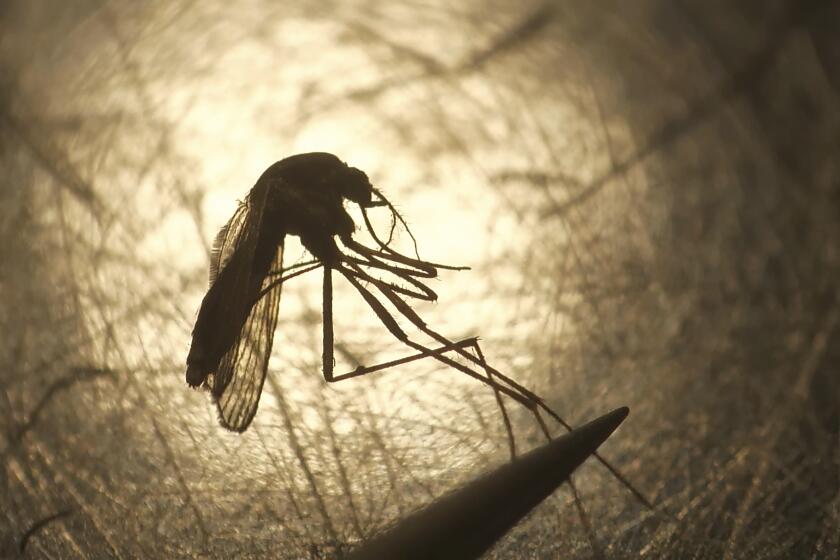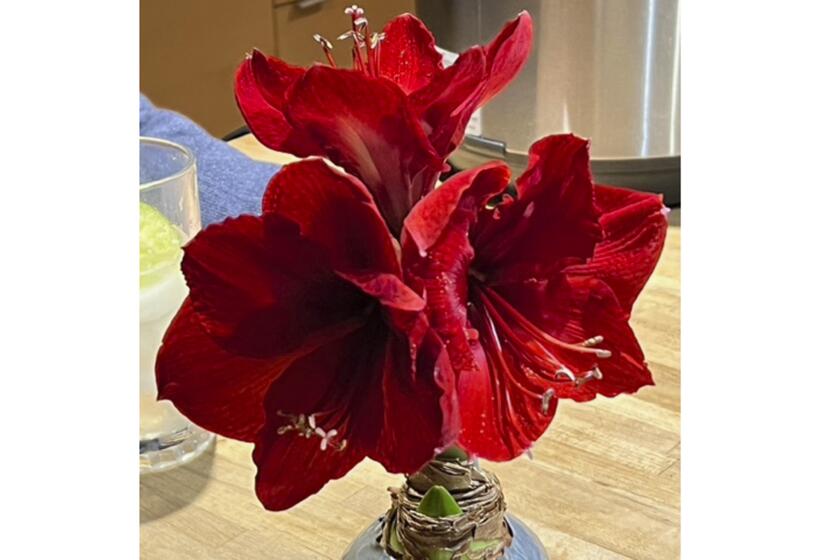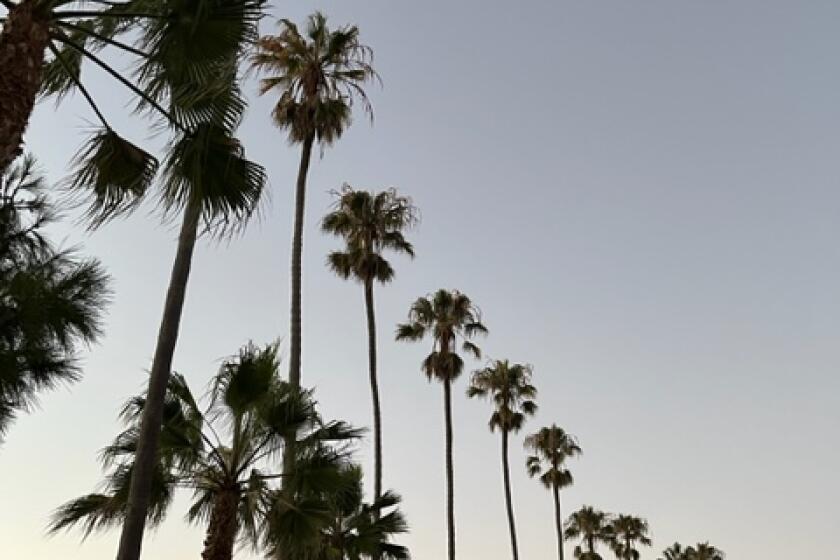Gardening: Some rose basics
Roses can beguile and bedazzle, but they will take a little work. Fortunately, I have cut my rose maintenance time down to a mere three weeks per month.
So what’s all involved?
There’s regular removal (deadheading) of spent flowers. Also, occasional, sometimes aggressive pruning is necessary to remove weak, dead or dying stems.
Plus, there’s fighting diseases and bad insects. Roses are susceptible to fungus, rust, powdery mildew, blackspot, Botrytis Blight, botulism, and Mad Cow disease. OK, maybe not the last two.
Feed them every other month. Some all-in-one rose care products fertilize, combat insects and fight diseases.
Apply mulch to hold off the weeds, reduce moisture evaporation and moderate soil temperatures.
Make sure your roses are in an area where they will get at least six hours of sun.
Then there’s the watering. Roses are an excellent way to double your water bill. Depending on the weather, an inch of water a week is sufficient. Re-routing your neighbor’s irrigation system can provide huge savings.
Roses differ by size, color, fragrance, repeat flowering, thorns, race, creed, weather tolerance, and disease resistance. They also differ by growth patterns such as arching, climbers, scrambling, trailing or upright, and blooming patterns, either clusters or one flower per stem.
The best months to buy roses are January and February, just when you have no money left over from the holidays. Expect to pay $25 for a nursery bare root wrapped in sawdust for immediate planting. It’s $30 if you need dirt and a bucket.
Hybrid teas are the most popular type of rose because of their color variety, fragrance and beautiful blooms, some of which last over a week. They grow 3-to-5 feet tall and wide, depending on the variety and growing conditions. Teas have been cultivated in every color except blue, with many bi-colors available.
Check out the honorable Mr. Lincoln (very fragrant), the stunning Marilyn Monroe (distinctive apricot color) and the striking Good as Gold (highly productive).
HTs like slightly acidic soil in the 6.0 - 6.5 pH range. Use an iron supplement if the pH is too high or if the leaves turn yellow.
Some rosarians believe that Epson salt intensifies flower color. I just share a cup of black coffee with the teas; sometimes just the used grounds.
The first hybrid tea rose, La France came out in 1867. However, hybrid teas did not become popular until the Peace was introduced at the end of World War II.
In 1930 the word “floribunda” was created by Jackson & Perkins, an American cultivator of roses. Floribundas are smaller and bushier shrubs than most hybrid teas. They are hardy, disease resistant shrubs with fragrant clusters of continuous blooms.
Take a look at David Austin’s Glenfiddich. Yup, named after the Scotch whiskey. Its color is a golden-amber with large fragrant flowers.
Grandifloras are a cross between a floribunda and a hybrid tea. They flower either singly or in clusters and have large hybrid tea-shaped blooms. Like floribundas, they have long-stemmed clusters that continually repeat. These hardy and disease-resistant bushes can reach over 6 feet tall and just as wide. They can even be pruned into hedges.
Queen Elizabeth was introduced in 1954 as the first grandiflora rose and is still readily available today.
With its strong citrus fragrance, the 4-foot-tall Wild Blue Yonder grandiflora has a unique purple and lavender color with velvety petals.
Called the acrobats of the rose world, climbers can be trained to grow on walls, fences, trellises, outhouses, and non-operational motor vehicles. Some varieties bloom once a season. Others bloom continuously.
Climbers have a heavy spring and fall crop and can reach NBA heights. Case in point – the Raspberry Cream Twirl is a 12-footer with large striped blooms with above average disease resistance and very glossy foliage. It reminds me of a delicious parfait.
There are also rose trees which are actually two or three different roses grafted together to create the root, stem and the top.
Whichever type of rose you choose, it will be the right choice.
Remember, gardening is cheaper than therapy. You can bury a lot of troubles digging in the dirt.
All it takes is a little work. Maybe a little scotch too.
A Poway resident, Schmidt has 40 years of gardening experience.





